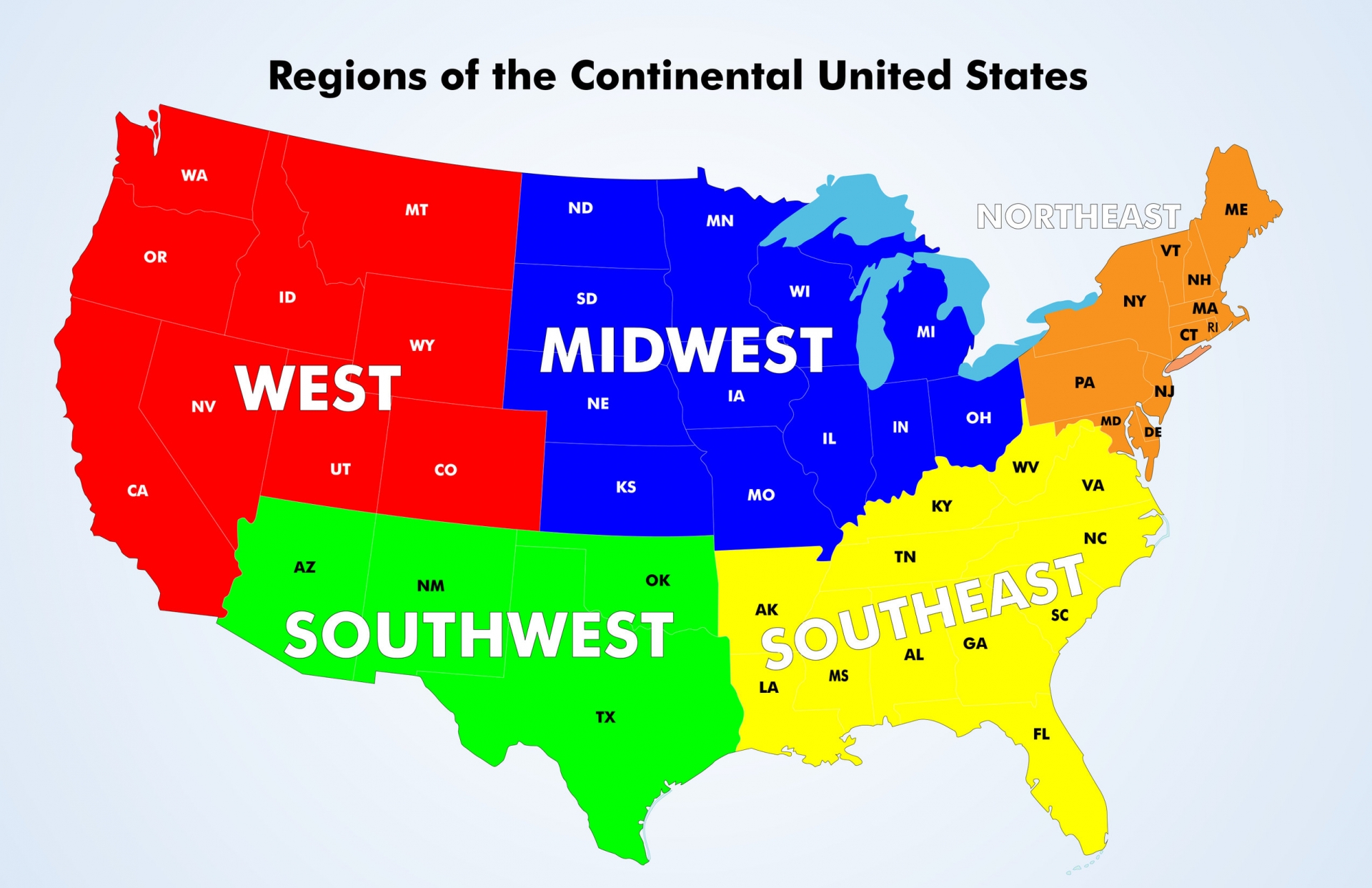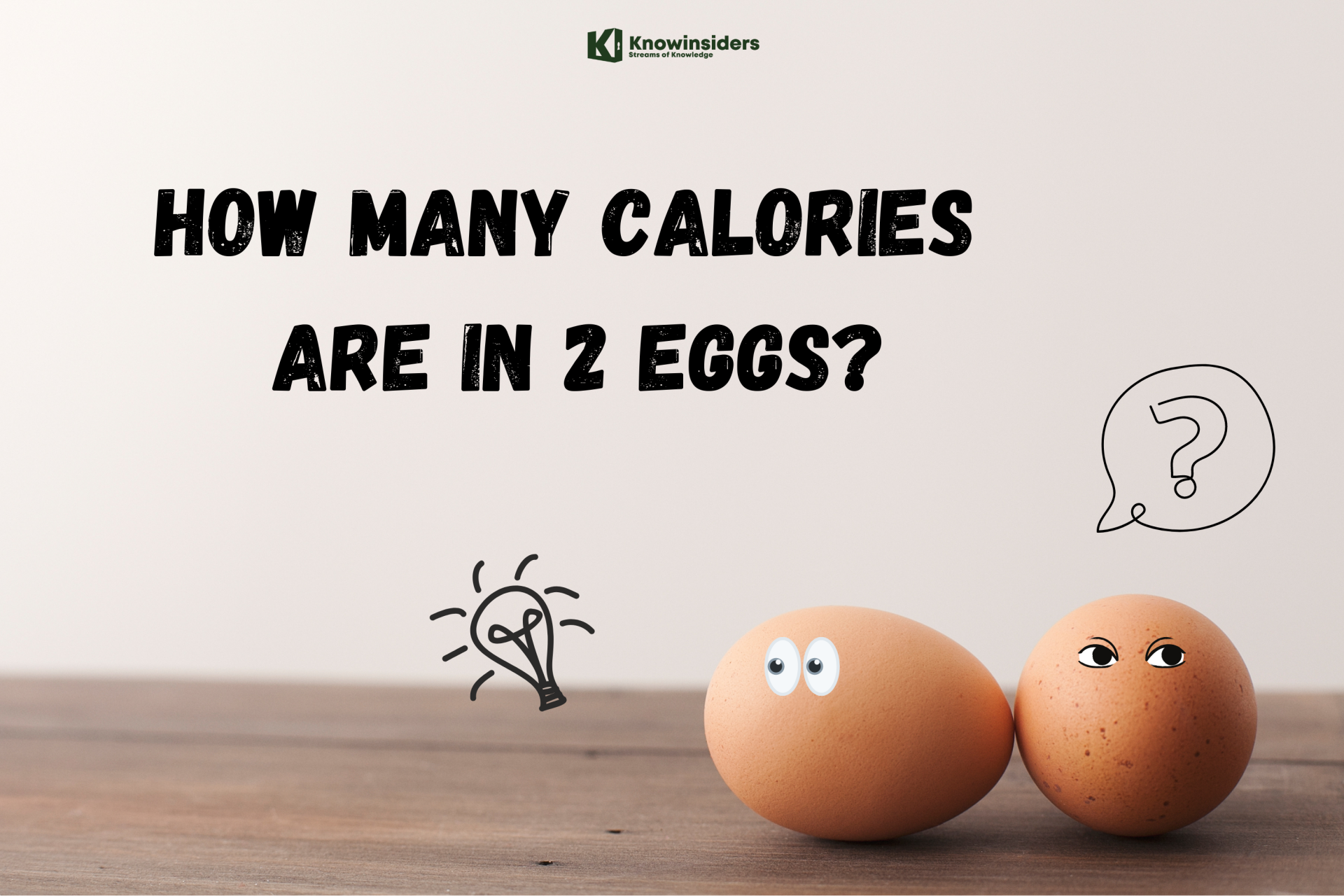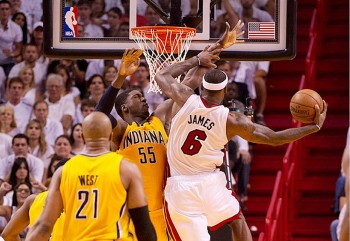How Many Ounces Are In A Quart and Ways to Count
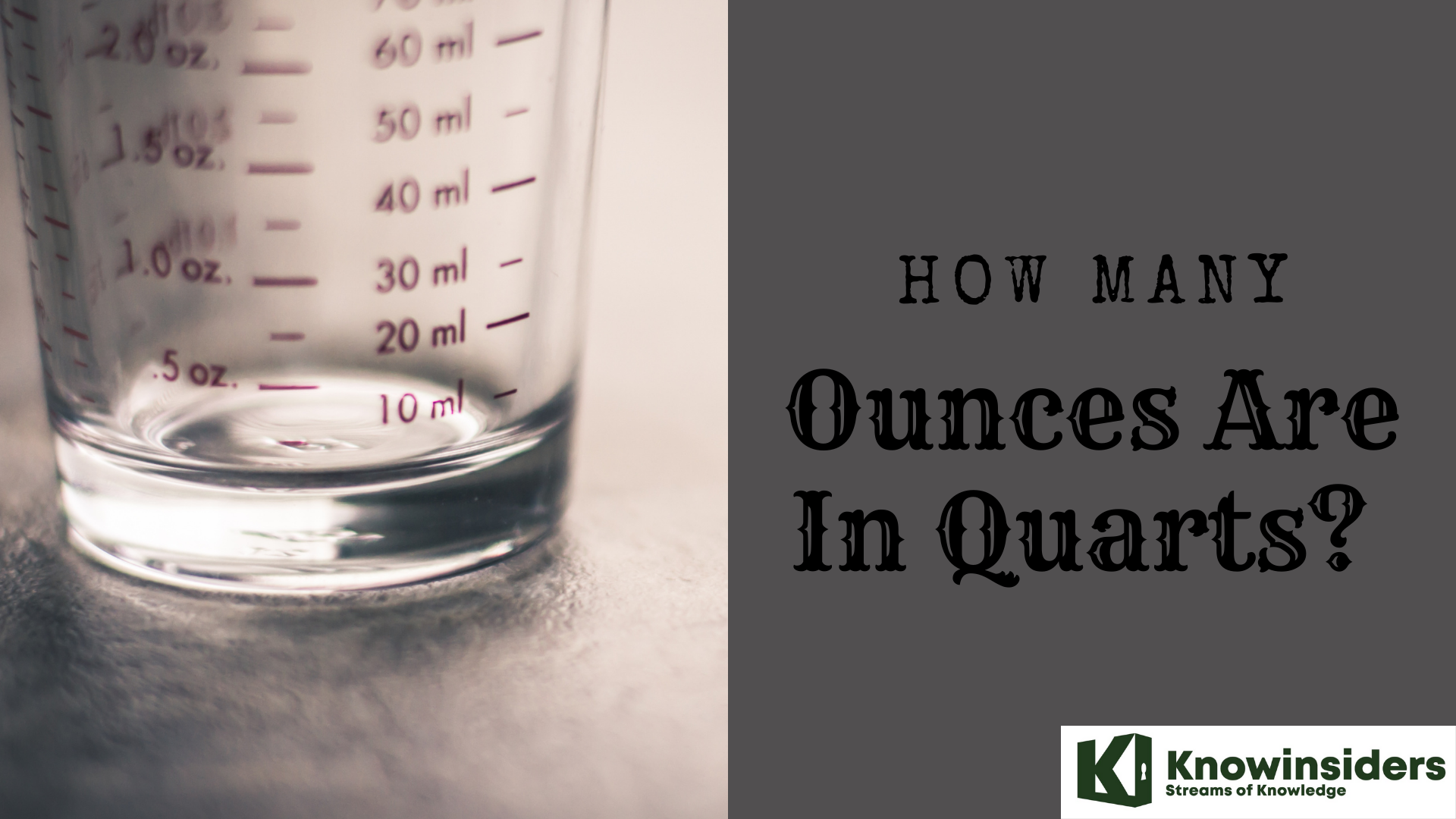 |
| How Many Ounces Are In A Quart? |
Cooking is a profession that needs the knowledge of measured quantities where the ingredients have to accurate so that the recipe is absolutely perfect. You will come to know that there is lots of difference in cooked foods when its ingredients are measured with accuracy.
Cooking deals with measured quantities like grams, ounces, and even quarts. If you are searching for the question “How many ounces are in a quart?”, this article will answer everything you need to know.
What is an Ounce?
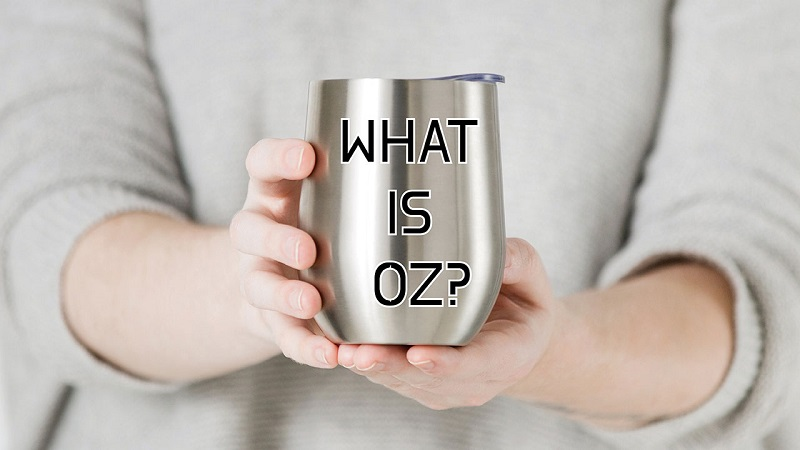 |
| Photo: Banktp |
The ounce is the name of several different units of mass, weight or volume and is derived almost unchanged from the uncia, an Ancient Roman unit of measurement.
The avoirdupois ounce (exactly 28.349523125 g) is 1⁄16 of an avoirdupois pound; this is the United States customary and British imperial ounce. It is primarily used in the United States to measure packaged foods and food portions, postal items, areal density of fabric and paper, boxing gloves, and so on, but is sometimes used also elsewhere in the Anglosphere.
Although the avoirdupois ounce is the measure used for most purposes, the 'troy ounce' of exactly 31.1034768 g is used for the mass of precious metals such as gold, silver, platinum, palladium, rhodium, etc.
The term 'ounce' is also used in other contexts:
- The ounce-force is a measure of force (see below).
- The fluid ounce is a measure of volume.
Historically, a variety of different ounces measuring mass or volume were used in different jurisdictions by different trades and at different times in history.
The Difference Between Ounces and Fluid Ounces
While ounces and fluid ounces share a similar name and both represent units of measurement, they are quite different. Each represents a different system of measurement: one measuring weight, the other measuring volume.
Ounces Measure Weight
Ounces are a unit used to measure weight. This measurement is most often used with dry ingredients, like flour or sugar, but can also be used for things like honey or yogurt. When a recipe call for ounces, it’s referring to a specific weight. You may notice baking recipes written in ounces instead of cups — this is because measuring ingredients by weight proves to be more accurate. The best way to measure ounces is by using a scale.
Fluid Ounces Measure Volume
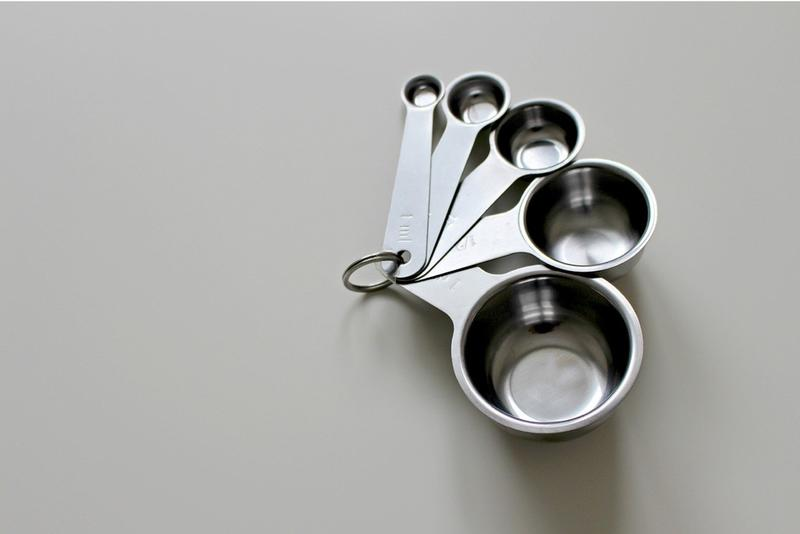 |
| Photo: Pixabay |
Fluid ounces are a unit used to measure volume, or how much space something takes up. This measurement is used for liquid ingredients, like water or milk. When a recipe calls for fluid ounces, go ahead and pull out your measuring cup; it’s the most accurate way to measure this.
Are Ounces and Fluid Ounces Interchangeable?
Any confusion surrounding these two units of measurement is understandable since they share the same name, and recipes sometimes are not clear about which type they mean.
Also — fun fact! — a cup of water happens to equal both 8 fluid ounces (in volume) and 8 ounces (in weight), so you might naturally assume that 1 cup equals 8 ounces of weight universally in recipes.
But no, water is the exception rather than the rule. Since fluid ounces and ounces are measuring such very different things, they are rarely the same for most ingredients. Think of one cup of flour and one cup of tomato sauce; they both occupy the same volume of space (i.e., 8 fluid ounces), but they have very different weights (about 4 ounces for the flour, and about 7.9 ounces for the tomato sauce).
What is a Quart?
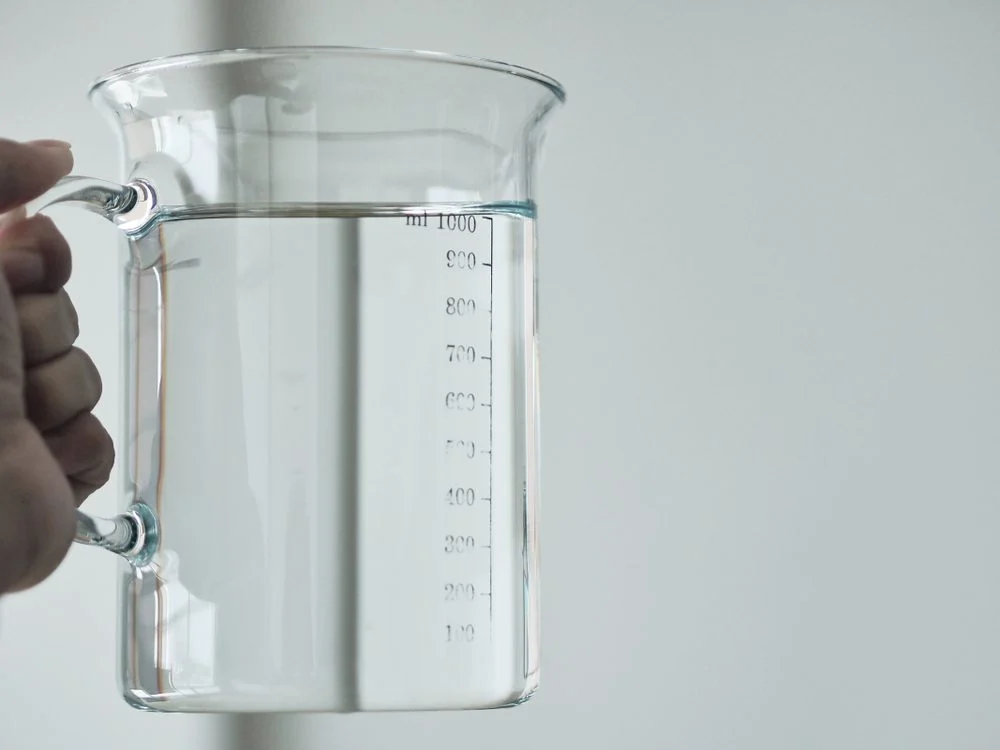 |
| Photo: Shutterstock |
The quart is an English unit of volume equal to a quarter gallon. Three kinds of quarts are currently used: the liquid quart and dry quart of the US customary system and the imperial quart of the British imperial system. All are roughly equal to one liter. It is divided into two pints or (in the US) four cups. Historically, the exact size of the quart has varied with the different values of gallons over time and in reference to different commodities.
The term comes from the Latin quartus (meaning one-quarter) via the French quart. However, although the French word quart has the same root, it frequently means something entirely different. In Canadian French in particular, the quart is called pinte, whilst the pint is called chopine.
Think of a gallon as the same as a dollar, and then think of a quart as the same as a quarter. Thus, one must have four quarters to equal a dollar. Thus, we can easily say that four quarts equal a gallon.
Moreover, the size of the jar is commonly known as a quart. Its size may have a capacity. In other words, it is a unit which is used to measure volume. Therefore, we can use one of the conversion calculators to convert to another unit of measure.
The US liquid quart is a unit of fluid volume equal to one-fourth of a gallon or two pints or four cups. Further, the liquid one is different than the dry one (US) or the imperial one. Therefore, these are two different units.
Similarly, it is a USA unit of volume. Quarts can be abbreviated as qt. Thus, One US qt. equals 57.75 cubic inches or 32 fluid ounces, or about 0.95 liters.
Unlike most of the world, which relies on the metric system, the USA is using a non-uniform system for measuring and dispensing most liquids. Consequently, from imperial units of the British Empire towards U.S. customary system measures liquid from gasoline to groceries. Thus, it is based on a number of fluid ounces.
Quart Conversions
Thus, you see that Various units of volume measurement for the liquid are there. Finally, we can choose a unit of volume to convert into other.
-
US Liquid:
(i) Convert quarts to gallons
1 qt. is equal to 0.25 gallons
(ii) Convert quarts to pints
1 qt. is equal to 2 pints
(iii) Convert quarts to fluid ounces
1 qt. is equal to 32 fluid ounces
-
US Cooking:
(i) Convert quarts to cups
1 quart is equal to 4 cups
(ii) Convert quarts to tablespoons
1 quart is equal to 64 tablespoons
(iii) Convert quarts to teaspoons
1 quart is equal to 192 teaspoons
-
US Customary Volume:
(i) Convert quarts to cubic inches
1 quart is equal to 57.75 cubic inches
(ii) Convert quarts to cubic feet
1 quart is equal to 0.03342 cubic feet
(iii) Convert quarts to cubic yards
1 quart is equal to 0.001238 cubic yards
-
Metric Volume:
(i) Convert quarts to liters
1 qt. is equal to 0.946353 liters
(ii) Convert quarts to milliliters
1 qt. is equal to 946.352946 milliliters
(iii) Convert quarts to cubic centimeters
1 qt. is equal to 946.352946 cubic centimeters
(iv) Convert quarts to cubic meters
Thus, 1 qt. is equal to 0.000946 cubic meters
How Many Ounces Are in a Quart?
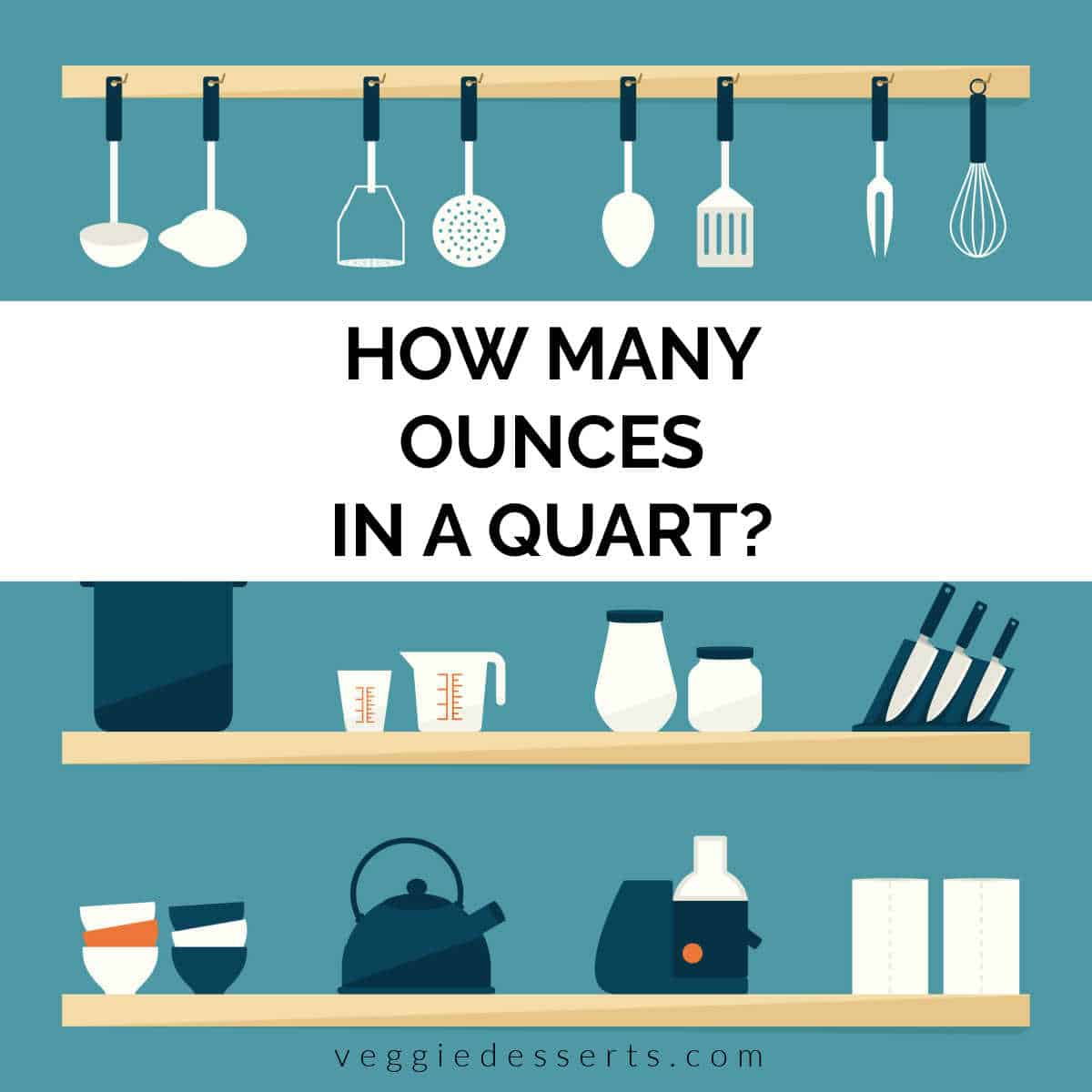 |
| Photo: Veggie Desserts |
In the United States Customary Units of measurement, there are exactly 32 fluid ounces in a quart while 8 fluid ounces make 1 cup, 2 cups make a pint, and 2 pints make a quart. A U.S. customary gallon holds 4 quarts, 8 pints, 16 cups, or 128 fluid ounces. Other U.S. units of measure for liquid volume are the gill, which is half a cup or 4 fluid ounces; the fluid dram, which is 1/8th of an ounce; and the minim, which is 1/60th of a dram. It is important to note that even if the U.S. customary system uses the same unit names as the United Kingdom's imperial system, the actual measurements are different.
1. How many fluid ounces in a U.S Quart (Liquid)?
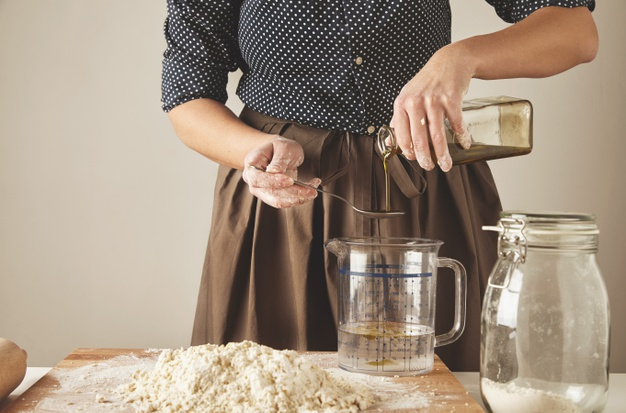 |
| Photo: Shutterstock |
A fluid ounce (fl. oz. or oz. fl.) is a unit of volume. In the Imperial system, one fluid ounce equals approximately 28.4 ml: while in the U.S system, the fluid ounce stands for about 29.6 ml of liquid.
- Imperial system: 1 fl. oz. = 28.4 ml
- U.S system: 1 fl. oz. = 29.6 ml
Many people just say an “ounce” when, in reality, they think about the fluid ounce, especially in bartending or even cooking.
One quart (liquid) has approximately 32 U.S fluid ounces, while in the imperial system, one quart equals 33.306969 (33.31) fluid ounces.
- 1 U.S fluid ounce = 1/32 U.S quart liquid.
- 1 U.S quart liquid = 33.31 Imperial fluid ounces.
We can put it the other way around too:
- 1 Quart (qt) = 32 fl. oz. U.S
- 1 Quart (qt) = 33.31 fl. oz. Imp.
2. How many fluid ounces in a U.S Quart (Dry)?
When it comes to U.S quart (dry), it contains 37.236711 U.S fluid ounces or 38.757564 Imperial fluid ounces. We can thus approximately set the value of the U.S quart (Dry) as follows :
- 1 Quart Dry = 37.24 U.S. fluid ounces.
- 1 Quart Dry = 38.76 Imperial fluid ounces.
Quick conversion table oz. to quarts
| Fluid ounces | Quarts |
|---|---|
| 1 | 0.03125 |
| 4 | 0.125 |
| 8 | 0.25 |
| 16 | 0.5 |
| 24 | 0.75 |
| 32 | 1 |
| 40 | 1.25 |
| 48 | 1.5 |
| 56 | 1.75 |
| 64 | 2 |
How Many Fluid Ounces in a Gallon?
An imperial gallon is equal to four quarts in volume. Although it probably makes sense to describe it as a fourth of a gallon being one quart.
Here’s a fascinating fact. The term “quart” comes from the root of the word “quarte,” which originally meant a quarter of a gallon. You learn something new every day!
To get the number of fluid ounces contained in a quart, multiply the number of ounces contained in a quart (32) by four and then multiply the result by one. The answer will provide you with the quantity of fluid ounces contained inside a quart.
A gallon contains 128 fluid ounces (32 fluid ounces x 4)
In addition to utilizing previous conversions, you can now use these conversions to figure out how many pints and cups are equal to how many gallons.
Now that you know the formula, you can figure out how many gallons one quart of two pints of four pints of water is by multiplying two pints of water by four and dividing the result by two. As a result, you will get an answer of 8 gallons.
When you multiply four cups by four, you get sixteen cups equal to one gallon. Doing the same calculation using cups instead of pints yields the same answer.
If you’re still unsure how to convert measurements, take a look at our conversion chart.
| Fluid Ounces | Quarts |
| 1 | 0.03125 |
| 4 | 0.125 |
| 8 | 0.25 |
| 16 | 0.5 |
| 24 | 0.75 |
| 32 | 1 |
| 40 | 1.25 |
| 48 | 1.5 |
| 56 | 1.75 |
| 64 | 2 |
British Imperial Units
Some of the modern U.K. units of measurements can be traced from way back during the Anglo-Saxon era in England where the inch (or ynce in old English) measuring three barleycorns was established. The imperial unit of measurement also had foreign influences from the Normans and the Romans.
The British imperial system of measurement was formally established in 1824. Most of the measurements between the U.S. customary and British imperial units are largely similar. However, the difference in the volume measurements between these two systems are significant, as can be seen below.
- 20 British imperial fluid ounces = 1 British imperial pint
- 2 imperial pints = 1 imperial quart
- 4 imperial quart = 1 imperial gallon
Therefore, one British imperial gallon holds four imperial quarts, eight imperial pints, or 160 imperial fluid ounces.
Other Differences between US Customary and British Imperial Units
Not only do the U.S. customary and British imperial measurements vary in incremental portions of the units, but they also vary in terms of fluid volume with each unit. U.S. measurements during the Colonial era had major measurement influences from England as well as a few from Holland and Spain.
The U.S. stuck with the old English system of measurement when it came to volume, even after the British standardization its units of measurements became official in 1824. Below are the differences in volume measurements between these two systems in milliliters (ml) and liters.
- 1 U.S. fluid ounces = 29.573 ml
- 1 Imperial fluid ounces = 28.413 ml
- 1 U.S. pint = 473.176 ml
- 1 Imperial pint = 568.261 ml
- 1 U.S. quart = 0.94 liter or 940 ml
- 1 Imperial quart = 1.13 liters or 1,130 ml
- 1 U.S. gallon = 3.78 liters
- 1 Imperial gallon = 4.54 liters
Metrication in the US and UK
The metric system is the official system of measurement in most countries around the world. While most citizens of the U.S. and the U.K. still hold on to their traditional units of measurement, the governments of both countries have taken measures to encourage the shift to the metric system.
The U.K. government expressed interest in the metric system as early as the 1800s, but it was only in 1965 when it became U.K.'s official system of measurement. The U.S., on the other hand, passed two laws, the Metric Act of 1866 and the Metric Conversion Act of 1975. Suffice it to say, of course, that the U.S. is a bit slower than the U.K. in adapting to the metric system.
Understanding the Different Systems of Measurement
Understanding the difference between the U.S. customary, imperial, and metric systems of measurements will help mitigate confusion between these two systems. Imagine preparing a traditional recipe and not knowing whether the portions of the ingredients are in U.S. or imperial systems.
It can also be frustrating not knowing how to convert metric system measurements to a system that you are more comfortable using. Having a general idea of how the U.S., imperial, and metric systems "measure" up against one another will help you deal with any dilemma that you may face due to the measurement units in the future.
Ounces Measure Weight
Ounces are a unit used to measure weight. This measurement is most often used with dry ingredients, like flour or sugar, but can also be used for things like honey or yogurt. When a recipe call for ounces, it’s referring to a specific weight. You may notice baking recipes written in ounces instead of cups — this is because measuring ingredients by weight proves to be more accurate. The best way to measure ounces is by using a scale.
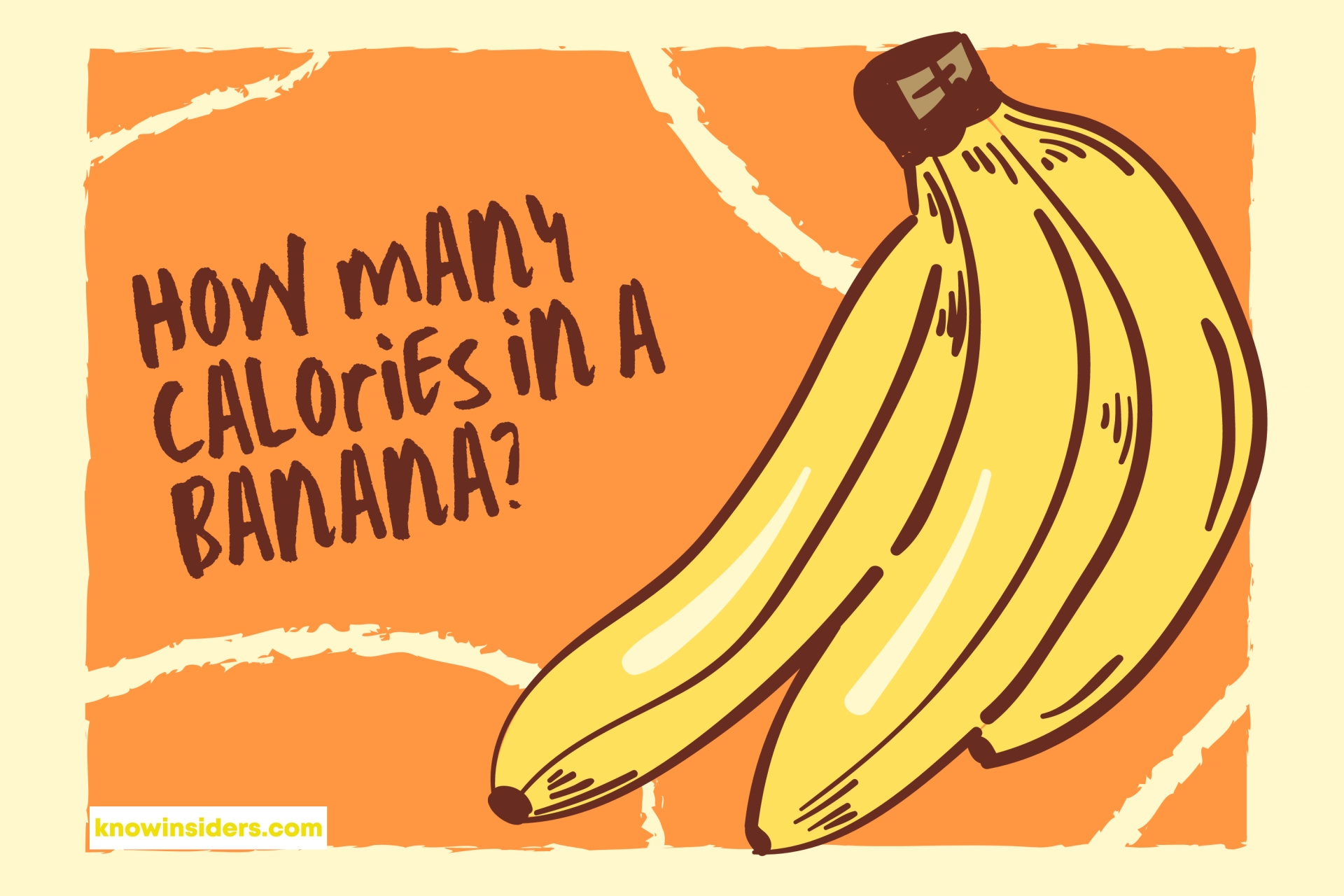 How Many Calories In A Banana: Nutrition Facts and Health Benefits How Many Calories In A Banana: Nutrition Facts and Health Benefits It's not just apples: a banana a day can keep the doctor away. Check out how many calories in a banana. |
 How Many Teaspoons In A Tablespoon: Tips For Adding Correct Amount How Many Teaspoons In A Tablespoon: Tips For Adding Correct Amount If you’re scaling a recipe up or down, going from tablespoons to teaspoons isn’t as straightforward as say, scaling from cups. |
 How Many Casinos In Las Vegas and Where is The Best? How Many Casinos In Las Vegas and Where is The Best? Las Vegas is famous for a large number of casinos. How many casinos exactly does Las Vegas have? |
 How Many Calories Are In 2 Eggs? How Many Calories Are In 2 Eggs? Eggs are a protein and nutrient powerhouse. They can be added to many dishes and prepared in numerous ways. How many calories are in 2 ... |

